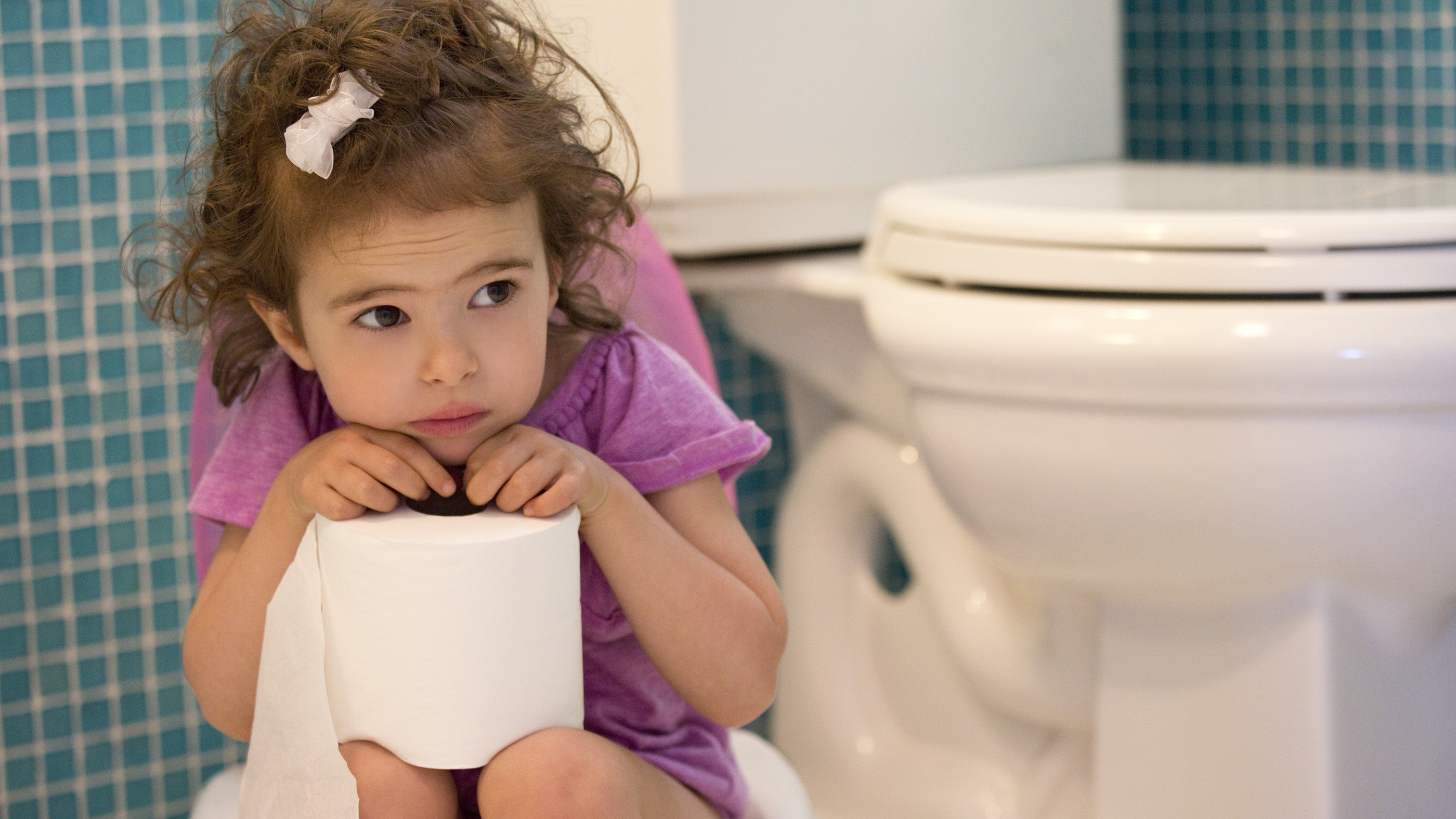Where does all our poop go?
Everybody poops. But where does it go?

Humans produce a lot of poo. An average adult flushes about 320 lbs. (145 kilograms) of it down the toilet each year. But what happens to all that waste?
It turns out that the stuff we flush down the toilet is surprisingly useful. A significant portion of flushed poo, in fact, ends up fertilizing crops that we eventually eat, said Daniel Noguera, a civil engineer at the University of Wisconsin-Madison. Some of our poop gets used as fuel, heating the very facilities that process our waste. And the rest eventually reaches landfills. But before the fate of your poop is sealed, a long series of steps ensures it's free from disease, and safe for farms and waterways.
From the toilet, your poop flows through the city's sewage system along with all the water that drains from our sinks, showers and streets. From there, it goes to a wastewater treatment plant.
Related: Why Is Poop Brown?
There are three stages of wastewater treatment, according to the New York City Department of Environmental Protection. During the first stage, all of the waste that accumulates in the city's pipes just sits in a tank for hours. This stage allows the solids to settle at the bottom of the tank. The water at the top of the tank is skimmed off and sent off to be processed. Your poop remains in the sludge that's left over. (The official name for this goop is, in fact, sludge.)
The second step, called the activated sludge process, uses biology to make sure our poop is squeaky clean. Billions of microorganisms that are already in the poop breathe in oxygen and munch on pollutants such as nitrogen and phosphorous, cleaning the sludge in the process. These pollutants could otherwise cause massive algae overgrowth in waterways or react to form toxic compounds, like ammonia.
In the next tank, called a digester, low oxygen and hot temperatures (around 95 degrees Fahrenheit, or 35 degrees Celsius) create the perfect conditions for anaerobic bacteria, which thrive without oxygen. The anaerobes further break down the waste inside the tank, converting most of it into water, methane and carbon dioxide. (Some treatment plants even reuse this gas as fuel.) Unlike anaerobes, most pathogens don't fare well in these inhospitable conditions, and most die off at this stage, Noguera said.
Get the world’s most fascinating discoveries delivered straight to your inbox.
The activated sludge process is incredibly effective but nothing high tech. "We've been using these technologies for a very long time," Noguera told Live Science — 103 years, to be precise. In wetlands, rivers and streams, these same bacteria and biochemical processes have been purifying water for much longer. "We just replicate what nature does," Noguera said.
At this final stage, the sludge is mostly liquid, so the next step is to dry it out as much as possible. A contraption called a centrifuge operates like a dryer on its spin cycle, whirling that sludge around until centrifugal force removes most of the water. The dried-out sludge leftovers are called biosolids — and they're incredibly useful.
An adult’s poop eventually yields 47 lbs. (21 kg) of biosolids each year, according to a 2002 report from the National Academies' National Research Council. So, what happens to the biosolids? Around 55% gets used for agriculture. (However, the chance that the lettuce and tomato in your BLT were grown using human poop is negligible — only about 1% of all the farmland in the U.S. uses biosolids as fertilizer. That's because farmers use more fertilizer than poop can provide, meaning that farmers tend to use other types of fertilizer.) Around 17% of biosolids are incinerated — some, but not all of that, gets used to produce energy. The rest winds up in landfills.
There's a growing push to put more biosolids to use, Darren Olson, a civil engineer at Christopher B. Burke Engineering in Chicago, told Live Science. New York City, for example, is aiming to stop sending biosolids to landfills by 2030, according to the New York City Department of Environmental Protection. There's even a push to increase our use of biosolids as fuel. (Imagine a poop-powered home!)
For now, you can still pat yourself on the back when you flush the toilet. There's a pretty good chance you're helping a farmer.
- Why Is My Poop Green?
- Why Do You Get Diarrhea When You're Sick?
- Why Do Some of Us Shiver When We Pee?
Originally published on Live Science.

Isobel Whitcomb is a contributing writer for Live Science who covers the environment, animals and health. Her work has appeared in the New York Times, Fatherly, Atlas Obscura, Hakai Magazine and Scholastic's Science World Magazine. Isobel's roots are in science. She studied biology at Scripps College in Claremont, California, while working in two different labs and completing a fellowship at Crater Lake National Park. She completed her master's degree in journalism at NYU's Science, Health, and Environmental Reporting Program. She currently lives in Portland, Oregon.



